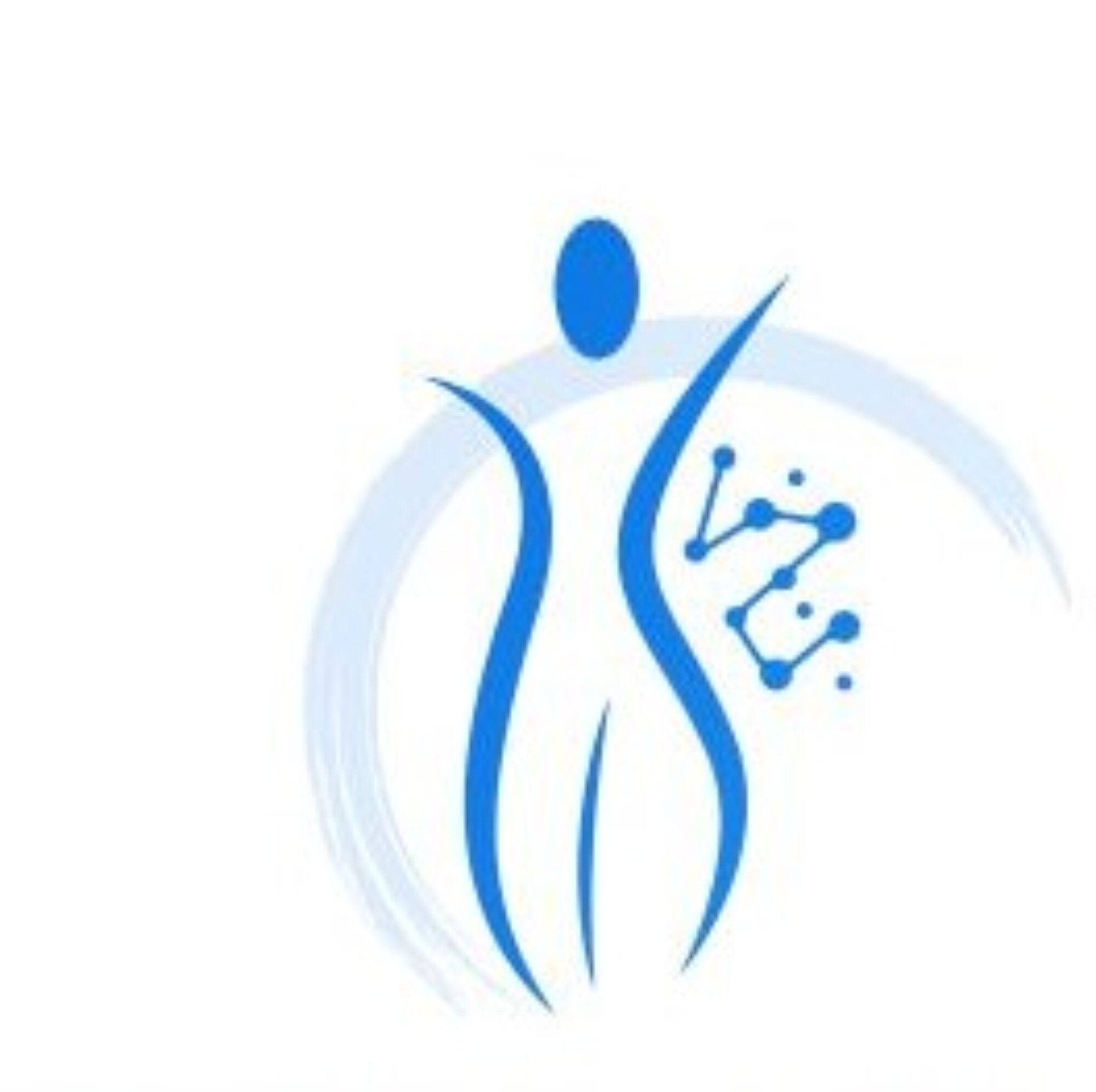For example, a husband who falls into the Acts of Service bucket of The 5 Love Languages is likely going to show his love by trying to make his wife’s life easier, in his mind. He will show he loves her by washing her car, helping with tasks he thinks are difficult for her, or filling up her gas tank on a bitter winter’s day. His goal is to ease her burden when he can. While these are wonderful things, if she is someone who prefers Words of Affirmation, all of his efforts won’t mean as much as him saying, “I’m really proud of you.”
So what are we to do? First, learn which of the 5 Love Languages your partner prefers. Next, learn how to mindfully and effectively show your love in ways they will best receive them.
Here are three suggestions for showing your love to an Acts of Service person.
1. Look for Opportunities of Service
This may require a little extra thought on your end. Be mindful in your displays of affection because your reasoning for doing the service is just as important as the act itself. Think through ways that you can show your love and adoration through easy tasks. If your partner can’t seem to get out of bed early enough to make a hot breakfast before work, hand them a nutritious breakfast burrito on their way out the door. If navigating the parking garage and shuttle at the airport is taxing for them, offer to drive so they don’t have to deal with that stress. If they keep forgetting to schedule “me time” for themselves, set up a massage appointment for them. You can show your partner how much you love them by anticipating their needs and finding simple ways to make things a little easier for them.
2. Lighten Their Load
No one likes chores and we all appreciate a helping hand once in a while, however, Acts of Service people feel most loved when their special someone takes the time to mindfully consider ways to lessen their daily burdens. Think about what chores they dread doing and surprise them by completing one. Is the hall closet in total disarray? Help your partner by organizing it. If they need help running children from one practice field to the next, offer to take a shift. If cleaning the bathroom feels like the bane of their existence, take a turn. You’ll be amazed at how loved Acts of Service people feel when you mindfully consider their feelings.
3. Be Present When Doing a Daily Routine
When couples do not share a love language, it can sometimes be frustrating thinking up new ways to help them, or show love in a way that does not feel natural to oneself. It is important to be mindful of why you are doing these tasks. Remembering to stay present as you complete a chore, a favor, or an assignment, will help to ensure you are doing so cheerfully. Your significant other does not want you to do something out of obligation, but rather, they want it to be because you made a special effort to intentionally serve them and their needs.
If you need help mindfully considering ways to help serve your Acts of Service partner, contact us for more suggestions!







